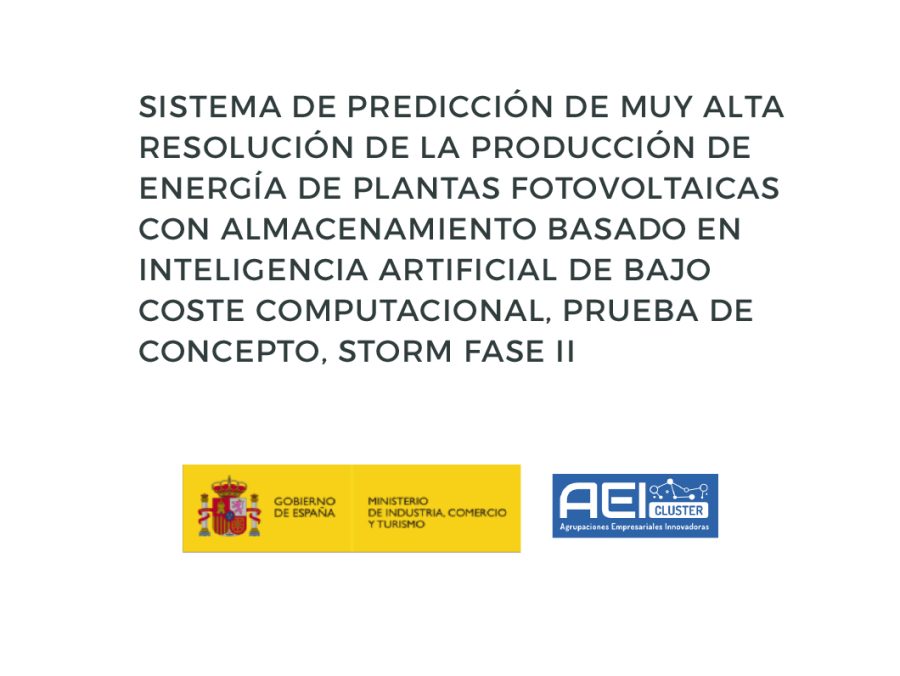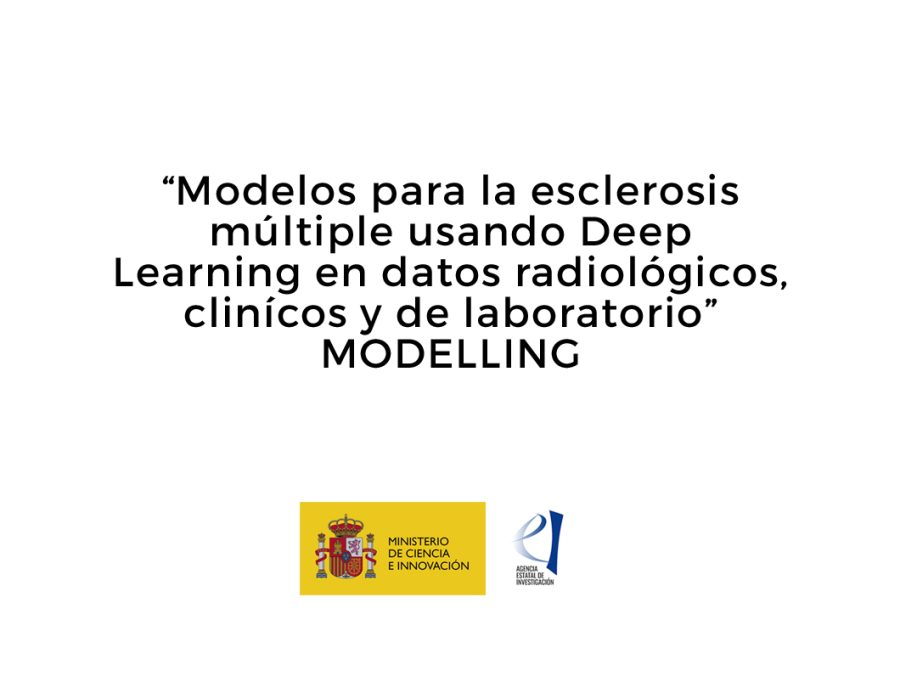Breast cancer screening has had a major impact on reducing mortality. In breast screening programmes, standard mammography (MG) is the most commonly used modality to detect breast cancer at earlier stages, although in certain patients other modalities such as magnetic resonance imaging (MRI) or ultrasound (US) provide complimentary information for the diagnosis. Despite the impact on mortality reduction, breast screening still has room for improvement, especially in certain women populations. This improvement is currently accepted that can be driven by two very active research fields: emerging imaging modalities based on imaging physics developments (i.e. breast computed tomography -CT-, phase contrast imaging -PCI-) and computer aided diagnosis (CAD) based on AI and deep learning techniques. CAD systems are currently based on deep learning and have shown performances that are comparable to average radiologists under controlled conditions. However, robustness of those systems is often an issue, with different vendors, patient populations or cancer prevalence having an impact on performance of the systems. In that sense there is a need for developing explainable AI (xAI) systems which describe the decision making process. A common characteristic for imaging physics and CAD systems is the need of large amounts of real world data for their development. The use of real world data often incurs costly and long studies and ethical and dose related issues when patients are involved. An alternative to real world data is synthetic data obtained with Virtual Clinical Trials (VCT), which are computer simulations to produce images mimicking real world data.
The objective of the SP1 project is to develop AI algorithms based on deep learning, machine learning and image analysis to help in the imaging and diagnosis processes of breast cancer, in several application areas: 1) VTCs: the development of deep learning generative methods for simulating lesions and other breast structures for enhancing VCT obtaining more realistic images; 2) the generation of synthetic images to optimize reconstruction algorithms in emerging modalities such as PCI, 3) the development of a deep learning algorithm evaluation platform for the detection and diagnosis of lesions in MG, DBT, and MRI, and the prediction of the therapeutic treatment response in DCE-MRI. This evaluation will be based on accuracy but also on explainability, ethics and robustness aspects. Finally, given those evaluation results of algorithms already available, we will develop novel algorithms mitigating current limitations of increased false positives, robustness and explainability. Those tools and algorithms will be evaluated using real and synthetic data with the feedback and ground truth of radiologists. Project results will be available in open data repositories and online platforms. This subproject brings together a team of multidisciplinary experts and researchers with expertise in fields such as radiology, artificial intelligence and deep learning, software development and integration and computational genomics.








